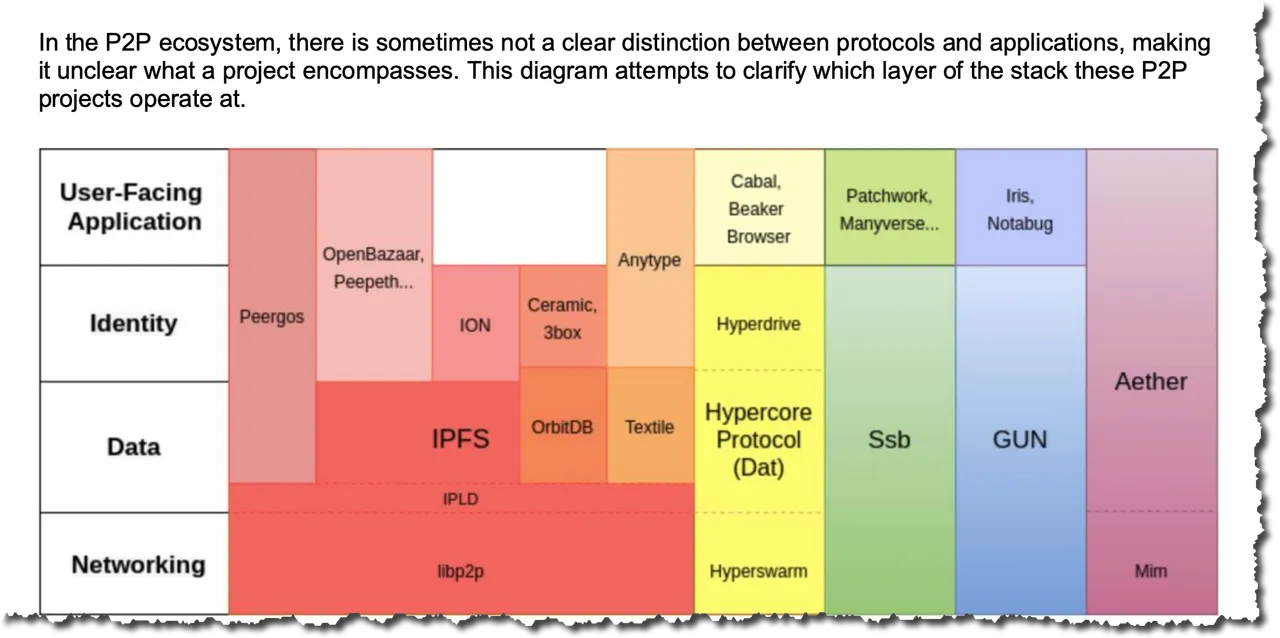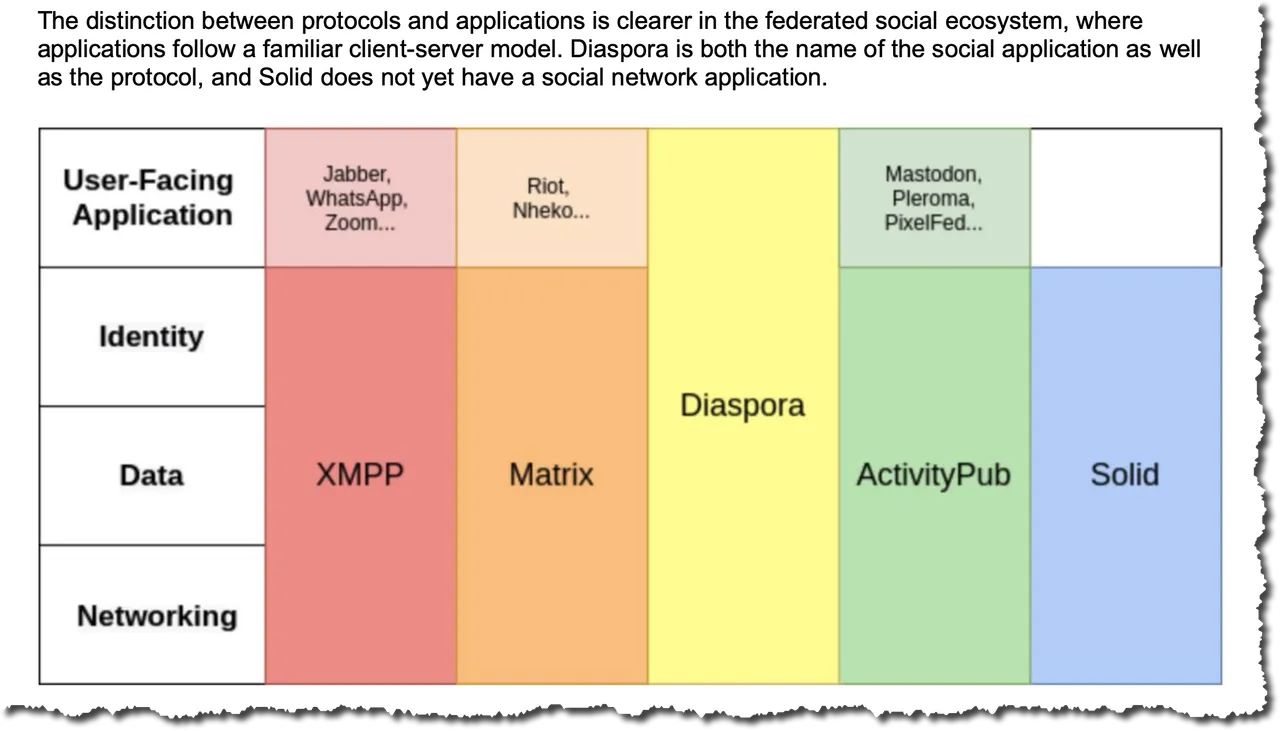Jack Dorsey shared (via a link to an IPFS gateway interestingly) his Bluesky team's report on the landscape of decentralized social networks. He announced this project quite a while ago. The team's Twitter thread is here.
https://twitter.com/jack/status/1352442460127936512?s=20
- jack
The ipfs link to the report is here and if you're on the latest version of Brave with native IPFS you can try this.
I've reproduced the section on Blockchains that mentions Steemit. They also mention Peepeth and Bitcoin Fork Social Networks.
No mention of Hive and the links in the original Steemit section link back to some pretty old (>4 years) posts on Steemit. They also fail to take any significant note of dapps built on a blockchain base or other front ends.
This is all indicative of the very poor job we've done here on Hive of building out mindshare. Am I bothered by this? In the end not really. The last few months have seen a huge effort in making Hive easier to run behind the scenes and fixing scalability and cost issues which Steemit never did.
As to marketing Hive: I'm ambivalent toward wide brand awareness style marketing. My preference is still going toward targeted info at the kind of devs and entreupeneurs who will be building the future Web 3.0 dapps which will drive the use of Hive. I don't think, in the end, that many users will need to be aware of how the layer 1 chain works, to use @theycallmedan's way of thinking. It is the layer 2 apps and the layer 0 community which are going to be our rich seam of gold.


Blockchain Social Applications
This section covers some aspects of social applications that store data on a blockchain and/or use an associated cryptocurrency for monetization.
Steemit
The Steem cryptocurrency was created for content monetization on social sites. Steemit, a Reddit/Medium-style social network, was the first site built to use Steem. User identities and post data are stored on the Steem blockchain. There are over a million accounts on Steemit.
Identity
User identities are stored on the Steem blockchain. There is a monetary incentive to create many accounts to upvote posts so as a spam and sybil prevention mechanism, new account creation requires an email and phone number and must go through a centralized review process.
A Steemit account functions as a cryptocurrency wallet and users are responsible for their own key management. There is no account recovery available and funds can be lost or stolen if the key is compromised. Accounts cannot be deactivated or deleted, since they are permanently stored on the Steem blockchain.
Data
Text data is stored on the Steem blockchain, but larger data like images are stored off-chain in a database.
Moderation
Steemit takes a bottom-up approach to moderation. Content is moderated through the up and down votes of users, instead of through the actions of a moderator. Low voted comments may be hidden. User reputation determines the weight of votes in the network and since reputation accumulates with age, older accounts have more voting power.
Steemit's approach to spam, plagiarism, and abuse relies on a single mechanism: user voting to downgrade undesirable posts. To add a negative signal to a post and downgrade its rewards, users could "flag" or "downvote" - two terms used for the same function of downgrading a post. A discussion of the downvoting and flagging problems on Steemit goes into the drawbacks of various approaches.
Users can flag content they find objectionable, but they cannot block other users due to the potential for abuse of the block feature in a system that monetizes upvotes. For example, a user might block users with high reputation who might downvote them so they could upvote their own posts within a circle of participating accounts.
Monetization
Steemit mined 80% of Steem in the first week. Steemit benefited from the appreciation of Steem during the 2017 cryptocurrency run-up, but had to lay off much of its staff when the price of cryptocurrency declined.
Other than depending on Steem price appreciation, Steemit monetizes through users promoting their posts. When users perform certain actions on Steemit, they earn Steem. Creating posts that get upvoted qualifies users to earn from a rewards pool. Upvoting posts that later become popular can earn voters a curation reward. Votes are weighted by reputation, which accumulates with age, so older accounts of early adopters have more power in the network. This, as well as the fact that Steem tokens could be mined easily early on, means that Steemit’s incentives are geared towards early adopters.
Links
Steemit frontend application

- Vote for APSHamilton's Witness KeyChain or HiveSigner
- Vote for APSHamilton's Witness direct with HiveSigner
- Get Brave
- Use my referral link for crypto.com to sign up and we both get $50 USD
- Bittrex is my Favorite fully featured Crypto Exchange
- Sign up for BlockFi
- Find my videos on 3speak
- Join the JPBLiberty Class Action law suit
- Verify my ID and Send me a direct message on Keybase
